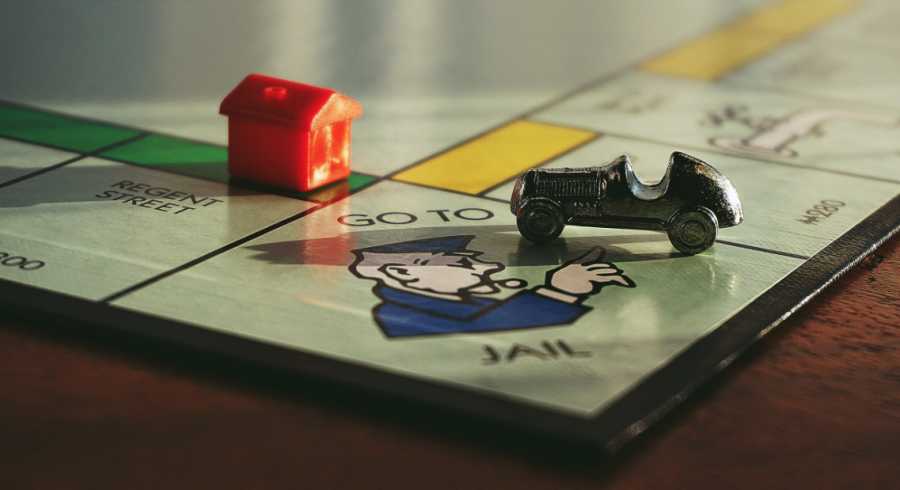Most people think of bail as an amount of money a defendant in court must pay as a way to make sure the individual or entity will appear when summoned. While money is certainly part of the equation in many bail rulings, it is not the only thing the judge can decide to include. Property can also be part of bail. You can find out how judges choose to set a “bail schedule” and what a person might do to lower it.
Charges
In many cases, judges will set monetary amounts for bail based on the legal seriousness of the crimes committed. As an example, a judge may set bail at a relatively low amount for a non-violent misdemeanor. How serious the charges are and the specific actions of a person leading up to the arrest are a big factor in a judge’s determination of bail. Getting a qualified attorney is one of the best things you can do if you need to reduce your bail. A lawyer will understand the main factors that go into a reduction.
Locality
The locality of the crime can play some role in bail, particularly if one is looking for the appropriate bail schedule. A lot of jails will have a posted bail schedule that will list various amounts of money for common crimes. This schedule can vary by location, but a defendant can opt to pay the bail for a crime almost immediately after they complete the booking procedure. If a person is unable to pay bail bonds themselves, they can have a bondsman make the deposit on their behalf. Bail bond deposits release defendants from pre-trial detention and are refunded on the condition that the individual makes all the necessary appearances in court. If you are aware of the bale schedule, you can build an argument that makes a good case for a reduction.
Records
Whether or not a defendant has a criminal past can influence the amount of bail a judge will set. Someone with no prior criminal history may incur a relatively low bail deposit. If the offense is one of several in a long history, a judge may react more harshly to yet another crime. If a person has a regular history of local employment, it is often a factor that will help them with the judge.
Algorithms
In some cases, a court may use mathematical computations to determine the correct amount to set for bail. A select set of information about a defendant is entered into a program, and the computer will suggest an appropriate amount to set for bail. The factors the program uses are intended to suggest the likelihood of the defendant to commit another crime. However, it is not always so easy to put human beings into forms and get a correct answer. Community ties and people testifying on behalf of a defendant can help the judge see a complete human picture.
These are some standard practices that many judges seem to follow when it comes to setting the amount or conditions for bail. However, there are also things a person in court might do to get the conditions of their bail reduced to a more manageable level.

